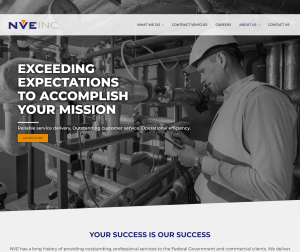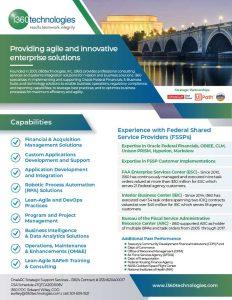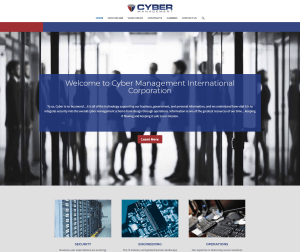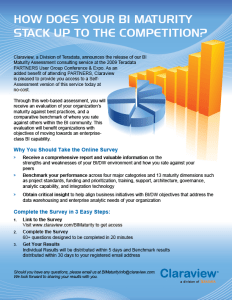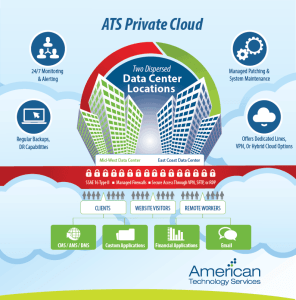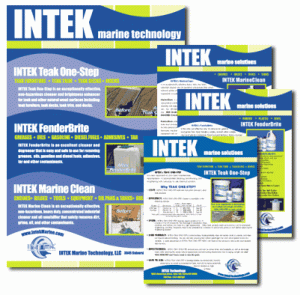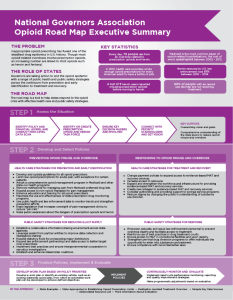The majority of open source Content Management Systems (WordPress, Drupal, Joomla, and others) today include a MySQL database and then utilize PHP coding or scripting to assemble and display the information from the database on to a web page. A back end database is used to store the data and other files and information used in a website along with some front end coding to pull the information from the database and display it on a web page.
Standard CMS systems that store website data in a database usually work well, but if a website is large and complex and/or has a lot of traffic, constantly querying or accessing the database in order to pull and display page content can slow things down. Generally speaking, database driven websites tend to be slower than static or non-database driven websites.
Flat-file CMS
Flat-file CMS don’t require a database to store the website data. Rather, they use a file and folder structure along with JavaScript and other techniques to pull content from the files and folders to create web pages. The main benefit of a flat-file system is that, since it doesn’t include (or need) a database and therefore doesn’t need to access the database on each page in order to get and display the content of the page, in theory, flat-file based web pages load faster.
Is Flat-file the future of CMS? There seems to be a trend appearing recently among web designers for simpler CMS systems – and flat-file CMS are definitely more simple. However, it isn’t clear whether or not flat-file content management systems, while simpler and often faster, will replace database driven content management systems any time soon.

